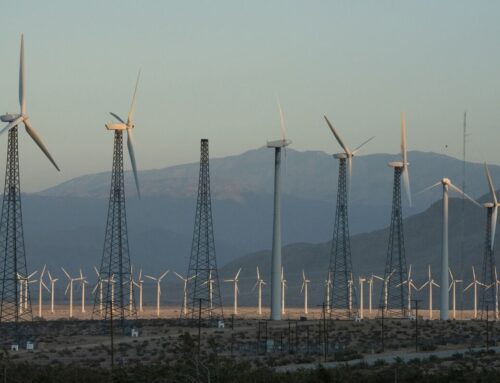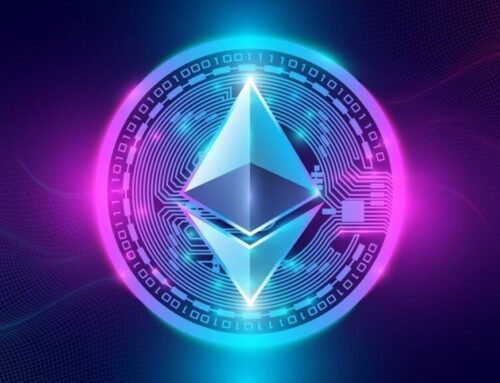Solar Panel Supply Chains Face Human Rights Concerns
April 6, 2025
ByFelicity Bradstock– Apr 06, 2025, 10:00 AM CDT
- Concerns have been raised by international organizations regarding the use of forced labor in Chinese solar panel production facilities, particularly in the Xinjiang Uyghur Autonomous Region.
- The global demand for solar panels is rapidly increasing, with China being the primary manufacturer, leading to worries that many countries may unknowingly import products made with forced labor.
- While some countries have implemented measures to restrict imports from regions where forced labor is suspected, others have been accused of overlooking the issue in favor of accelerating their green energy transition.

Many countries worldwide rely heavily on China for the supply of their solar panels, as the world’s biggest producer of the equipment, contributing 77.8 percent of global production. Recently, there have been rising concerns over potential slavery in the supply chain due to the poor conditions faced by many Chinese workers in the industry. These concerns have been raised in the past, but they seem to have been largely overlooked, with governments prioritising an accelerated green transition over greater transparency and accountability in the supply chain.
The cost of solar power production has fallen significantly in recent decades, as researchers have improved solar panel technology, making them more efficient. This has prompted a significant increase in the global demand for solar panels, as countries worldwide strive to undergo a green transition. The global solar photovoltaics (PV) capacity tripled between 2018 and 2023, and demand is expected to continue growing. Between 2024 and 2030, the technology is expected to account for 80 percent of the growth in global renewable capacity. Most of this demand will be met by China, the world leader in solar panel manufacturing.
‘;
document.write(write_html);
}
In recent years, several international organisations have voiced concerns over the use of forced labour in Chinese production facilities. In 2022, the United Nations Human Rights Office of the High Commissioner published a report entitled “OHCHR Assessment of Human Rights Concerns in the Xinjiang Uyghur Autonomous Region, People’s Republic of China”. The report responded to allegations the organisation had received since 2017 from civil society groups that members of the Uyghur and other predominantly Muslim ethnic minority communities were missing or had disappeared in the Xinjiang Uyghur Autonomous Region, and reports of workcamps in the region. The EU also responded to the situation with the publishing of the European Parliament resolution of 17 December 2020 on forced labour and the situation of the Uyghurs in the Xinjiang Uyghur Autonomous Region.
The U.S. Department of Labour’s Bureau of International Labor Affairs published a 2022 List of Goods Produced by Child Labour or Forced Labour, which referenced the issue of renewable energy supply chains directly. The report stated, “We are drawing attention to critical supply chains in clean energy–highlighting China’s use of forced labour in polysilicon production (a key input in solar panels).” It went on to say, “Forty-five percent of the world’s solar-grade polysilicon was manufactured in the Xinjiang Uyghur Autonomous Region (Xinjiang), where research has shown it is produced under conditions of forced labour.” The report warned, “China’s leading role in solar supply chains raises forced labour risks for any business importing solar products, which, absent extensive due diligence, have a high likelihood of containing inputs made with forced labour in China.”
The report suggests that without rigorous standards and mechanisms for monitoring international renewable energy supply chains, many countries could be importing solar panels that were produced using forced labour, an issue that has been widely overlooked in recent years. For example, New Zealand currently has no laws or regulations managing the risks of modern slavery in supply chains. However, many other powers have adopted some form of modern slavery legislation, including the United Kingdom, the European Union, France, Germany, Canada, and Australia.
Some countries have acted by restricting the flow of goods from certain regions of China. The U.S. blocked over 1,000 shipments of solar energy components worth hundreds of millions of dollars between June and November 2022 in response to a law banning imports from China’s Xinjiang region over concerns about slave labour.
However, in the U.K., the Labour government has recently been accused of turning a blind eye to slavery when it comes to the import of solar panels from China. In March, ministers ordered the Labour Party to remove legal protections to stop the purchase of solar panels manufactured by forced labour in China by state-owned Great British Energy. The current protections state that the body must not spend money on solar or other materials where supply chains had “credible evidence of modern slavery”. The U.K. Housing Minister Matthew Pennycook said that British consumers need not worry that solar panels used by the government have been made by Uyghur people in China. However, critics say the removal of the protections leaves the supply chain open to forced labour. Meanwhile, the Labour government said addressing modern slavery within the system was a priority.
With such a heavy dependence on China for the supply of solar panels, and other high-demand components required for renewable energy projects, there is a rising concern about forced labour in the supply chain. Instances of modern slavery have been found to be prevalent in certain regions of China, and there has often been a lack of transparency on China’s side of the supply chain. This suggests that unless countries that import Chinese renewable energy components set strict import and supply chain standards, the solar panels driving the global green transition may have been produced using forced labour.
By Felicity Bradstock for Oilprice.com
More Top Reads From Oilprice.com
Search
RECENT PRESS RELEASES
Related Post



